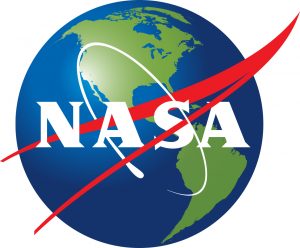Growing food is one of humanity’s most expansive and essential uses of the environment, and it’s something we can now track in great detail from satellites. From vast swaths of corn fields to smaller clusters of citrus groves, Landsat satellites help the U.S. Department of Agriculture (USDA) track what’s growing on America’s farmland. On a color-coded map, a patchwork of corn (yellow) and soybeans (green) span the Midwest, while a rainbow of crops cover California’s Central Valley.
Landsat, jointly managed by NASA and the U.S. Geological Survey, collects data-rich images of Earth’s land cover with a resolution that can detect individual farm fields. By combining Landsat data with information from other satellites and on-the-ground surveys, the USDA maps each crop and tabulates the acreages every year. The program started in 1997, grew to include all of the contiguous United States in 2009, and continues today.

The crop data helps officials evaluate damage from floods, droughts and other natural disasters, while resource managers can use it to direct crop rotation, study land-use change and monitor water use.
